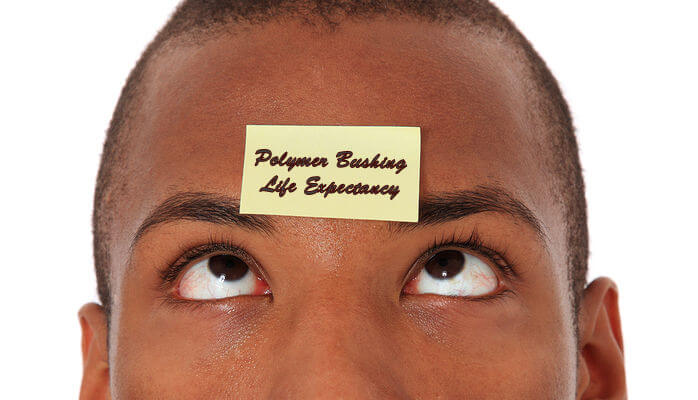Introduction
Bushings, also known as plain bearings or sleeve bearings, are used in just about every industry, and have been for many, many years. In this post we are going to look at the life expectancy of polymer bearings for a qualitative viewpoint, as opposed to a quantitative, calculation-based look.
Need some additional inspiration? Check out these from the Advanced EMC blog:

